Tricks of the Trade
-
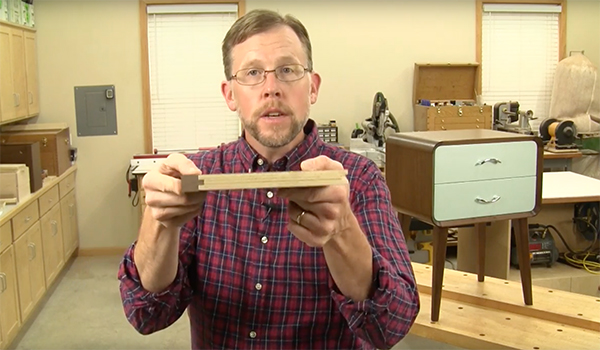
VIDEO: Edging Plywood
Covering plywood edges with solid wood is a common method to hide the core material. A short tongue on the edging fits into a centered groove in the plywood to join the parts.
-
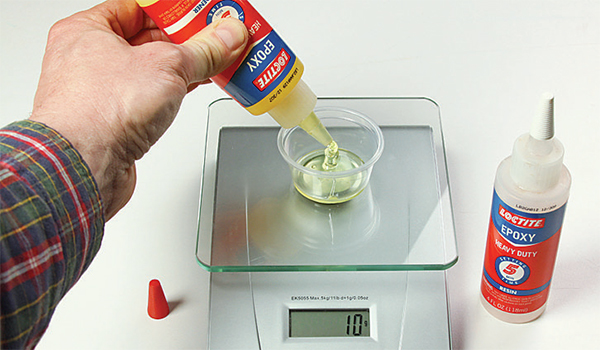
Using a Food Scale for Measuring Epoxy Ratios
The problem with epoxy is that if you don’t blend exactly the right amounts of resin and hardener, it stays tacky and never reaches full strength.
-
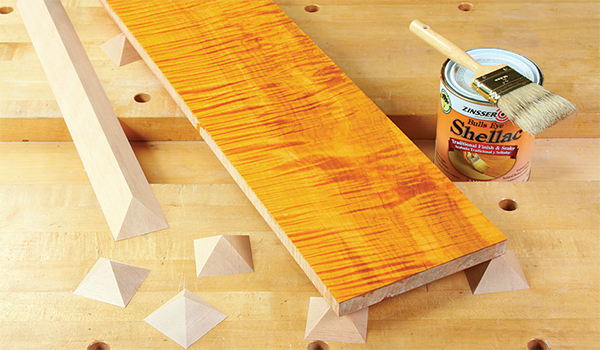
Making Finishing Pyramids from Scrap
Here’s a cheap way to make all the finishing “pyramids” you need for supporting parts while they dry.
-
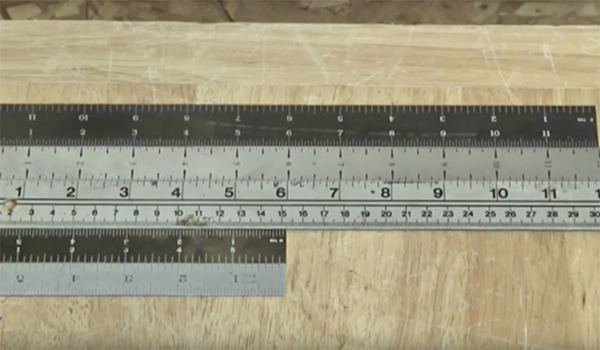
Measuring and Layout Advice
Sandor Nagyszalanczy demonstrates his tried and true methods for making measurements and layouts. These simple tricks will prevent the headaches caused by misaligned tools, inaccurate cuts and more.
-
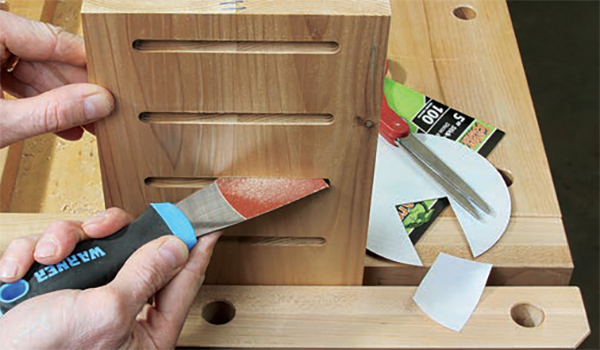
Sanding in Tight Quarters
Here’s a quick tool for sanding inside corners and other unreachable areas: apply a piece of sticky-backed (PSA) sandpaper to the blade of a putty knife.
-
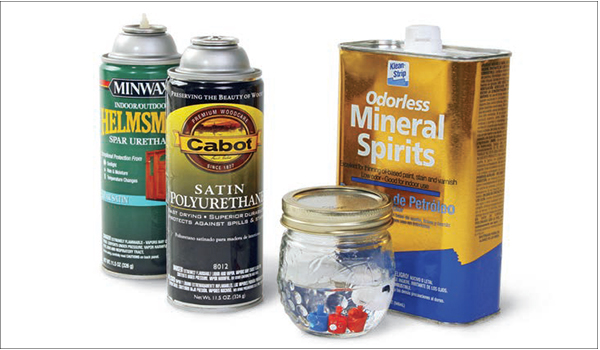
Keep Spray Nozzles Clear
Instead of turning my cans of spray finish and paint upside down and spraying the gas to clear the nozzle, I pull off the nozzles and drop them into a jar of mineral spirits and give it a few shakes.
-
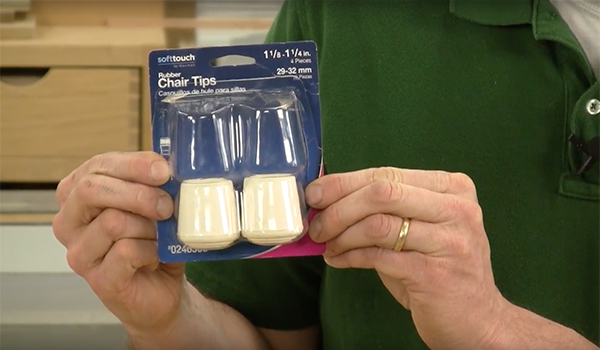
Simple Tip to Turn Your Claw Hammer into a Rubber Mallet
Rubber caps for chair or table legs are all you need to turn your claw hammer into a makeshift rubber mallet.
-
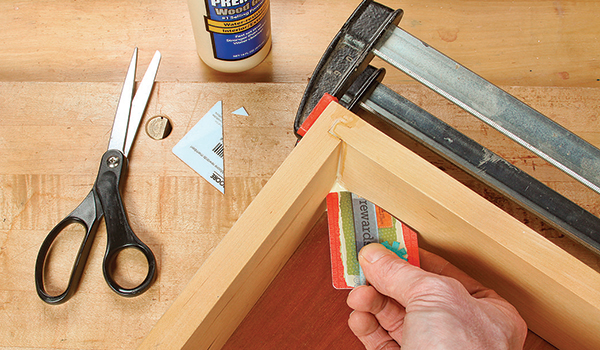
Credit Card Cleanup Tool
Cleaning up wet glue from inside corners can be a challenge. Here’s what one reader does to solve this common problem.
-
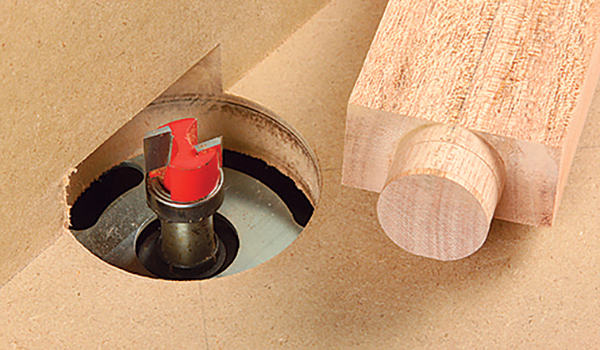
Jig-made Round Tenons
You can make round tenons easily with this scrap-made jig and a bottom-bearing pattern bit or mortising bit.
-
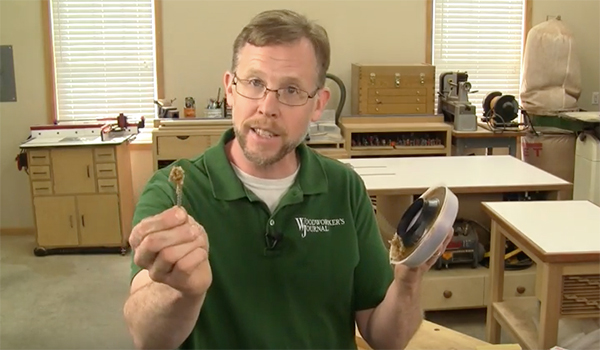
Wax Makes it Easier to Drive Wood Screws
Lots of people use paraffin wax or bee’s wax to lubricate screws, but there’s a better choice.





